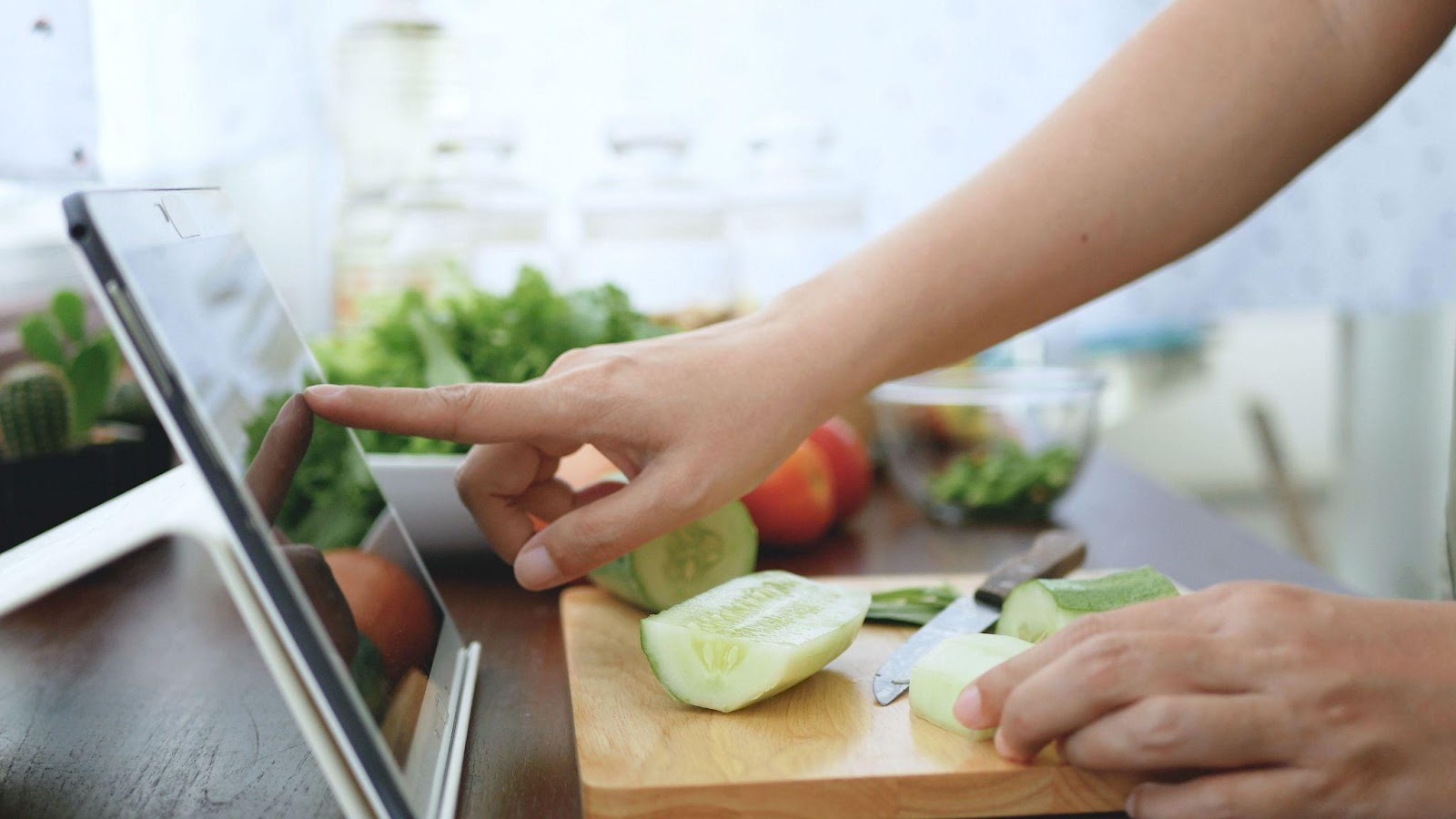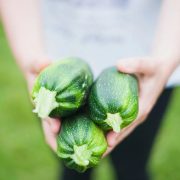Are you a chef looking for new ways for personal growth or in an active search of new customers for your restaurant? What can help you impress the public and attract more attention to your product? Online classes.
Online services are experiencing an unprecedented rise compared to brick-and-mortar businesses. As people get more involved in virtual reality, they easily trade ‘physical’ events for the ones online. While it may seem weird for cooking to be shown online, it’s actually a great opportunity to advertise your brand or services and engage more active customers. With the proper preparation, your exceptional cooking skills will bring you a desirable profit and help you create a worldwide network of connections.
What is important when organizing online classes?
PHYSICAL SPACE
1. Plan your surrounding
The key to a successful cooking class is your confidence, which is always backed up by your surrounding as well. A chef who gives a class in a perfectly organized kitchen creates a necessary impression, as it’s like a final and the most important touch to your image.
The layout, countertops, cupboards, utensils and appliences, proper lightening – everything should match the mood and design of your ads, photos, downloadable pack, and even the clothes that you are going to wear. Some may think that it’s rather fussy approach, yet this invisible thread will connect all your steps and create an atmosphere of integrity.
ONLINE SPACE
1. A reliable platform
When preparing your workshops, be sure to choose a reliable and proven online platform, used around the world – Zoom, Teams, Google Meet, etc. Check several platforms and choose the one whose layout and functionality are the most comfortable for you. It’s crucial for you to be confident while giving a lesson, but if you get lost trying to figure out where to find the necessary option, the whole impression can be messed up.
2. Communication channel
Choose the way to communicate with your students. It’s better to have a channel or chat in popular messengers, and e-mail newsletters, connected to the calendar for planning.
3. Registration form
Registration forms must be followed by FAQs, with step-by-step actions to perform. The more unsolved questions your customers have while signing up, the more nagging they will be while the lesson. To prevent this from happening, be as detailed as possible, anticipating all the questions regarding the tools, brands of the tools, etc.
4. Plan your lesson
While it’s impossible to plan a “small-talk” part, as it mainly relates to your soft skills, the main part must be detailed.
- What is the target group?
Typically online classes are available for all adults. However, it can influence the choice of meals to prepare and the whole tone and style of the meeting. So, try to be more specific.
- What will you be cooking?
Don’t go too hard on your students, yet don’t offer cut-mix-sprinkle variants. The dishes to prepare must be suitable for an intermediate skill level. If you want the students to return to your classes again, they need a moment of triumph, to see that they really learn something new. Obviously, it’s not going to happen with a high-difficulty level.
- How much will the class cost?
Take into account the cost of food and any takeaways. It may be a good idea to offer an “early-bird” booking, as it motivates customers to make a reservation earlier.
It’s important not to set a too high price, as it will scare off possible clients, without even reading what’s on offer.
- Date and time
Avoid scheduling the class on Fridays, as no lessons can compete with such an important and long-expected day 🙂 Consider the weekends and festive days. If you can’t decide, you can make a poll.
5. Advertise your cooking classes
In the Internet-ruled time, marketing becomes more affordable than ever. You can use social media to promote your classes – the way a lot of small businesses emerged. You need to be ready for a little number of people at the beginning, but by word-of-mouth, you can build up your popularity and attract more clients.
6. Create a downloadable pack
Clearly, you will have a lot of beginners attending the class. It’s necessary to create lists of ingredients and tools that will be used during the class.
Besides, you can describe the whole routine step-by-step, so that after the classes your students will be able to refresh their knowledge. Such thoughtfulness is always appreciated and endearing.
7. Host the online class
And that’s the moment of truth, the one you were anticipating for weeks. The first minutes are important to break the ice and actually, everything matters – your voice, manner of speaking, screen background, and overall picture.
- You need to sound welcoming and confident – if your students see you being nervous, they will also take a back seat.
- Your initial background is important, as it creates the very first impression. You can use special tools for that, like VistaCreate, and design your own unique background, which can also serve as an invitation card.
- Be consistent and avoid rushing. Make it a pleasant and enjoyable experience.
- Keep your students engaged and check up on everyone. It’s important to give them a feeling of security.
8. Afterword
Don’t miss a chance to thank the students for participating and send the list of upcoming events. Keep them informed about events using chats and channels. By maintaining their interest, you will have loyal students.
You success as a chef in the digital world will be based on two main cornerstones: properly planned kitchen space, with an appealing design, furniture and appliences; and meticulously organised online strategy.With accurately planned steps, you can reach new heights.






















